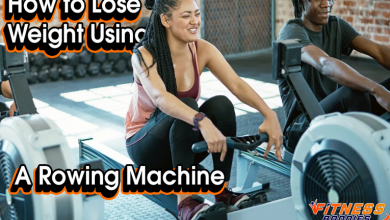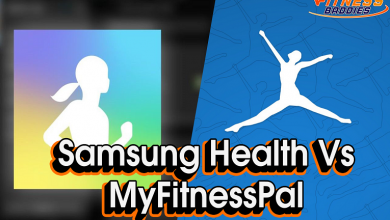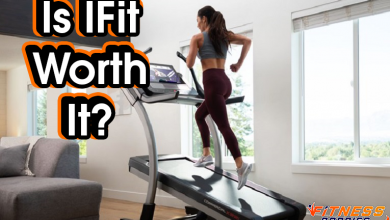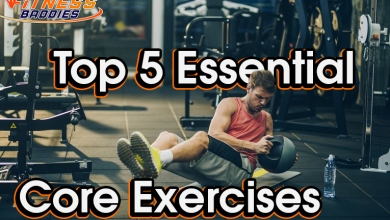Olympic Lifting for Everyone – Interview with Jamie Hale
March 12, 2014 by fitnessbaddie

Don’t you wish your girlfriend could snatch like me?
This is a guest post by Jamie Hale, that he was gracious enough to publish on my blog. His timing was impeccable (though he did not know it), as the topic has been on my mind lately as I use variations of the Oly lifts with just about all of my clients! I am NOT an Olympic lifter, and I have not trained the Olympic lifts exclusively, nor have I been certified with an Olympic Lifting body (on the to do list!). I perform variations of the lifts regularly and have taught them successfully to people with quite a variety of skill sets (think highschool athlete to middle-aged businesswoman). I have studied the lifts, performed them and coached many people to perform them successfully in a non-competition capacity. I believe the olympic lifts have immense value in any program, and Jamie outlines the most important points below. Enjoy.
I talk to coaches and athletes on a daily basis, and I always ask them if they perform Olympic movements in their strength training programs. Most of the time, the answer is no. The most common answer given for not incorporating the Olympic lifts is that the skill set is too hard to teach. The technical aspect of weightlifting is complex, but an athlete’s technique does not have to be as good as a competitive weightlifter’s.

If the athlete is receiving numerous benefits with the lifts and not inducing injury, he or she is probably fine. Don’t get me wrong … I am not saying Olympic Weightlifting is easy, but it is not as difficult as some people think. Many of the benefits of Olympic Weightlifting (snatch, clean & jerk) can be derived from performing modified versions of the movements. Generally, I recommend that athletes perform the hanging versions of the movements. Taking the bar from the floor to the knees is performed in a relatively controlled fashion (minimal power production) and requires that the athlete raise the shoulders and hips at the same rate, while moving the knees out of the way of the bar. That is, extending your legs starts the bar moving from the floor; this will keep your hips and shoulders together and put you in a good position to complete the lift successfully. This part of the movement (from floor to knee) is technically difficult for most athletes. It often requires excessive amounts of time. If the time required performing this portion of the movement is excessive I suggest eliminating this portion and performing hanging versions of the clean and snatch. The hanging versions provide athletes with many of the same benefits as the full movements, but are easier to learn.

Starting a Clean from the hang position.
The O-lifts are beneficial for general fitness enthusiasts as well as athletes. These lifts provide an alternative to common workouts and are fun for many trainees. General fitness enthusiasts follow the same guidelines, when performing the lifts, as athletes.
Benefits of Olympic Weightlifting:
1) teaches athletes how to explode
2) Proper kinetic linking is enhanced
3) Teaches the athlete how to vary degrees of tension in the body
4) Great for dynamic and static core strength
5) Static balance enhancement
6) Flexibility
7) Dynamic balance
8) Concentration
9) Reactive strength
10) Conditions the body to receive impact
11) All of the above help to enhance proprioception
Dan Bell of Rubber City Weightlifting made the following suggestions concerning Weightlifting technique:
1) Keep your arms straight all the way to the top of the pull. This is the technique point most often violated by beginners and the most uncoached. It is your legs that put upward momentum on the bar, which transfers force through your back and arms. You use your arms to pull under the bar, not to pull the bar higher.
2) You should have a flat tight back in your starting position and use your legs to start the bar off of the floor. This will keep your hips and shoulders together and put you in a good position to complete the lift successfully.
3) During the pull, the feet should stay flat on the ground as long as possible. The heels should not come off of the floor until the very top of the pull.
If an athlete can do the above, his technique shouldn’t be far off the mark. He will be able to move bigger weights with the same strength level. It would, however, be advisable to find a coach if possible.
Generally, I recommend the movements are performed for 1–3 reps, 4–6 sets, and 1–3 minutes rest between sets. Emphasize speed and good technique with these movements. In addition, it is important to realize many of these movements require relatively high levels of flexibility. Thus, be sure to emphasize appropriate flexibility exercises and do not rush into performing the movements. Dynamic range of motion exercises should be performed before the Olympic movements.
Key points:
Olympic Weightlifting is complex, but it can be learned by most people
Olympic Weightlifting derivatives are simpler to teach and provide many of the same benefits to trainees
General fitness enthusiasts often find that O-lifts are fun and offer an alternative to their regular routines
Use your arms to pull under the bar, not to pull the bar higher
Keep the feet flat on the ground as long as possible
Generally, perform 1-3 reps, 4-6 sets, and 1-3 minutes rest between sets
Emphasize speed and good technique
Some of the movements require relatively high degrees of flexibility

It was dirty in here, till someone started cleaning.
Olympic weightlifting is challenging, exciting and provides numerous benefits. While learning the lifts be patient and recognize that the skills required for these movements are a little harder to master than skills for most other weight training exercises.
Check out more from Jamie Hale here:
www.knowledgesummit.net
www.maxcondition.com
Jamie is also hosting an April seminar in Lexington, Kentucky:
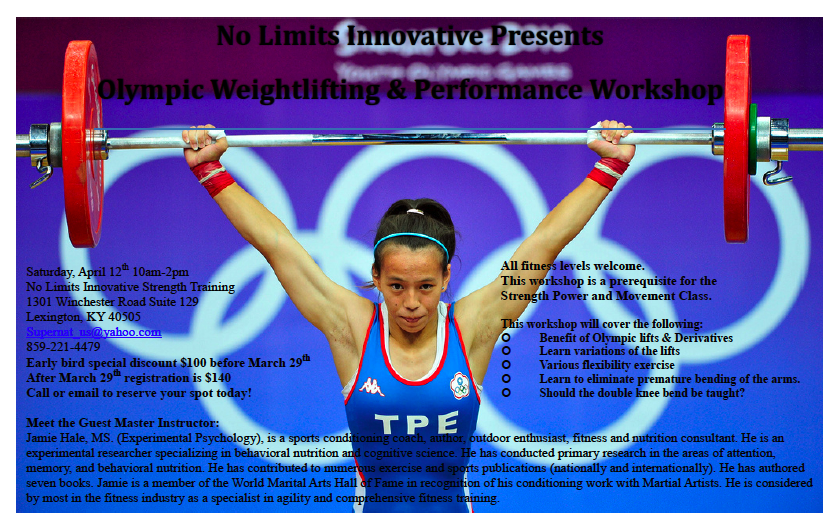
For resources on learning the Olympic lifts for yourself, your clients, or your athletes check out these Youtube channels:
California Strength Youtube channel
Catalyst Athletics Youtube channel
USA Weightlifting Youtube channel
BrozKnows Youtube channel
Related Readings:
